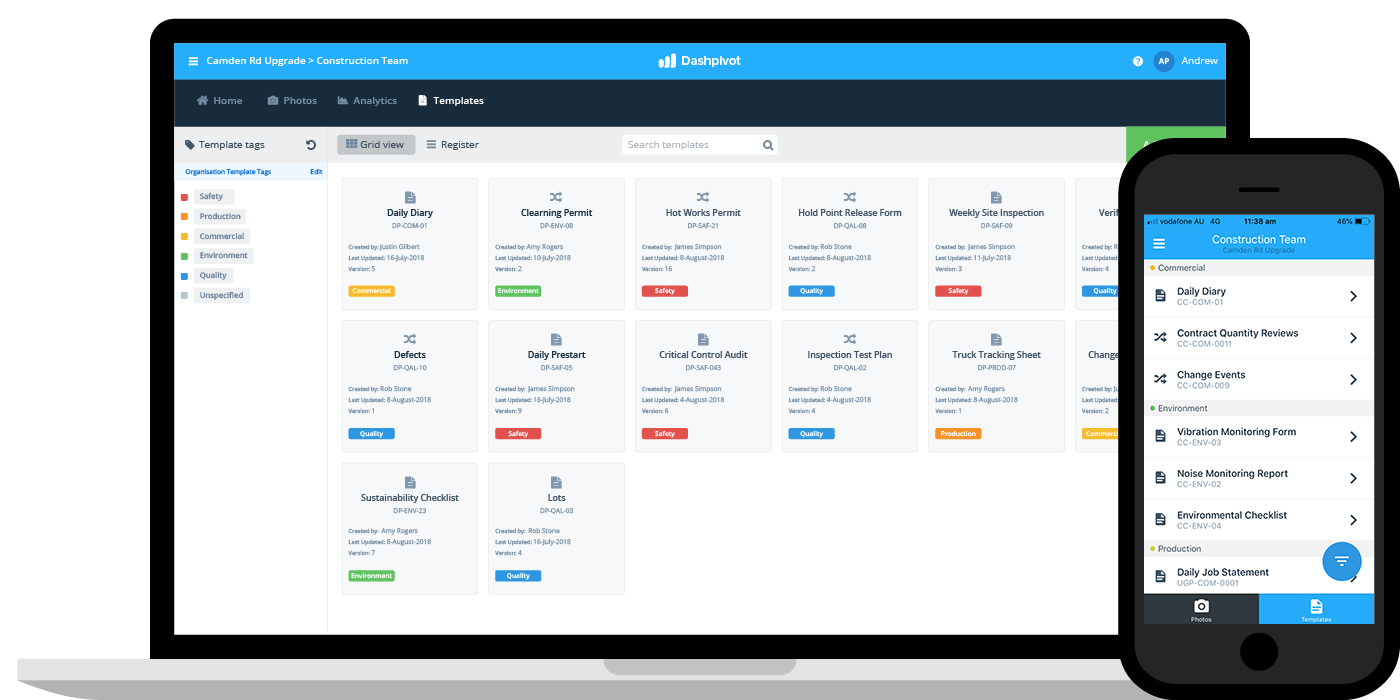Optimizing Project Cooperation: Architect's Ideal Practices in Building Document Monitoring
In the elaborate world of building projects, the effective management of building and construction papers stands as a cornerstone for success. Engineers, with their precise focus to detail and cutting-edge style solutions, are charged with orchestrating a symphony of stakeholders, sources, and timelines. Amidst this intricacy lies a vital question: just how can engineers improve cooperation processes to improve task results? By discovering key approaches such as leveraging cloud-based platforms, developing robust interaction protocols, and making sure data protection, architects can raise their record management practices to new elevations.
Leveraging Cloud-Based Platforms
By transitioning from conventional paper-based systems to shadow options, architects can simplify partnership, improve paper ease of access, and boost general project performance. This ease of access advertises seamless interaction and sychronisation amongst project stakeholders, leading to less errors and hold-ups in the building procedure.
Furthermore, cloud-based systems offer a safe and secure atmosphere for saving delicate project details, providing security, regular back-ups, and user authorization settings to safeguard information stability. Engineers can likewise take advantage of the scalability of cloud services, permitting them to adjust storage space capability and functionality based on task requirements. Overall, leveraging cloud-based systems encourages designers to maximize their construction document administration processes, driving higher cooperation, effectiveness, and success in their tasks.
Executing Variation Control Systems
Having established the advantages of cloud-based systems in building file monitoring, designers can now improve their record control processes by carrying out Variation Control Solution. Variation Control Equipment (VCS) are important devices that track changes in papers, ensuring that staff member are always dealing with the most recent and most accurate info. By carrying out VCS, engineers can keep a central database where all task documents are stored, allowing seamless partnership while decreasing the risk of errors and variation problems.
One key advantage of Variation Control Equipment is the ability to track the total background of paper modifications, allowing customers to return to previous versions if required (construction document management). This feature is specifically important in building and construction jobs where design models and alterations are typical. Furthermore, VCS promotes much better communication among group participants by offering a clear audit trail of that made certain modifications and when they were made. This openness not only boosts responsibility but additionally assists in solving disputes or disparities that might arise throughout the job lifecycle.
Developing Communication Methods
To make sure reliable and reliable job control, architects need to develop clear and durable interaction protocols within their building record management procedures. This platform can be a task administration software application, e-mail threads, or cloud-based storage services.
Additionally, interaction procedures need to additionally consist of standards on just how to take care of problems, adjustment orders, and immediate concerns that might develop throughout the job lifecycle. Developing a structured method to communication makes certain that all stakeholders get on the exact same page, promotes transparency, and inevitably adds to the successful completion of the building and construction job.
Utilizing BIM Software for Coordination
BIM software program plays a critical duty in improving coordination amongst job staff member in the building industry. Structure Info Modeling (BIM) helps with collaboration by giving a central platform where architects, designers, service providers, and various other stakeholders can interact in a coordinated manner. Through BIM software, project individuals can access and update a shared version that has thorough details concerning the building design, construction parts, and task routines.

In addition, BIM software application makes it possible for real-time collaboration and interaction amongst employee, regardless of their physical location. With cloud-based BIM systems, project stakeholders can access the current project information, track see this site changes, and make notified decisions without delay. On the whole, leveraging BIM software program for sychronisation enhances project performance, performance, and eventually results in successful project outcomes.
Ensuring Information Safety and Compliance
In the realm of building paper monitoring, guarding information honesty and ensuring regulatory compliance are critical considerations for designers and other job stakeholders. Designers should carry out durable security measures to protect sensitive task details from unauthorized gain access to or violations.

Conclusion
To conclude, designers can optimize task partnership in building file administration by leveraging cloud-based platforms, executing variation control systems, developing interaction procedures, utilizing BIM software program for sychronisation, and guaranteeing information safety and security and compliance. These finest practices aid enhance the construction process, improve interaction amongst project stakeholders, and boost performance in project delivery. By complying with these guidelines, architects can effectively manage construction records and promote effective task results.
Via BIM software program, task participants can access and upgrade a shared version that includes thorough information about the structure design, building parts, and project timetables.
Through cloud-based BIM platforms, job stakeholders can access the newest pop over to this site task information, track changes, and This Site make informed decisions promptly - construction document management. Overall, leveraging BIM software for coordination enhances task performance, performance, and inevitably leads to effective job results
In final thought, designers can enhance job cooperation in building and construction record monitoring by leveraging cloud-based systems, applying variation control systems, developing interaction procedures, utilizing BIM software application for sychronisation, and guaranteeing data security and compliance. These ideal practices aid enhance the building process, boost interaction among task stakeholders, and boost effectiveness in project distribution.